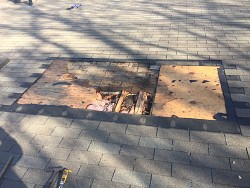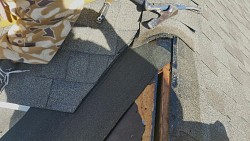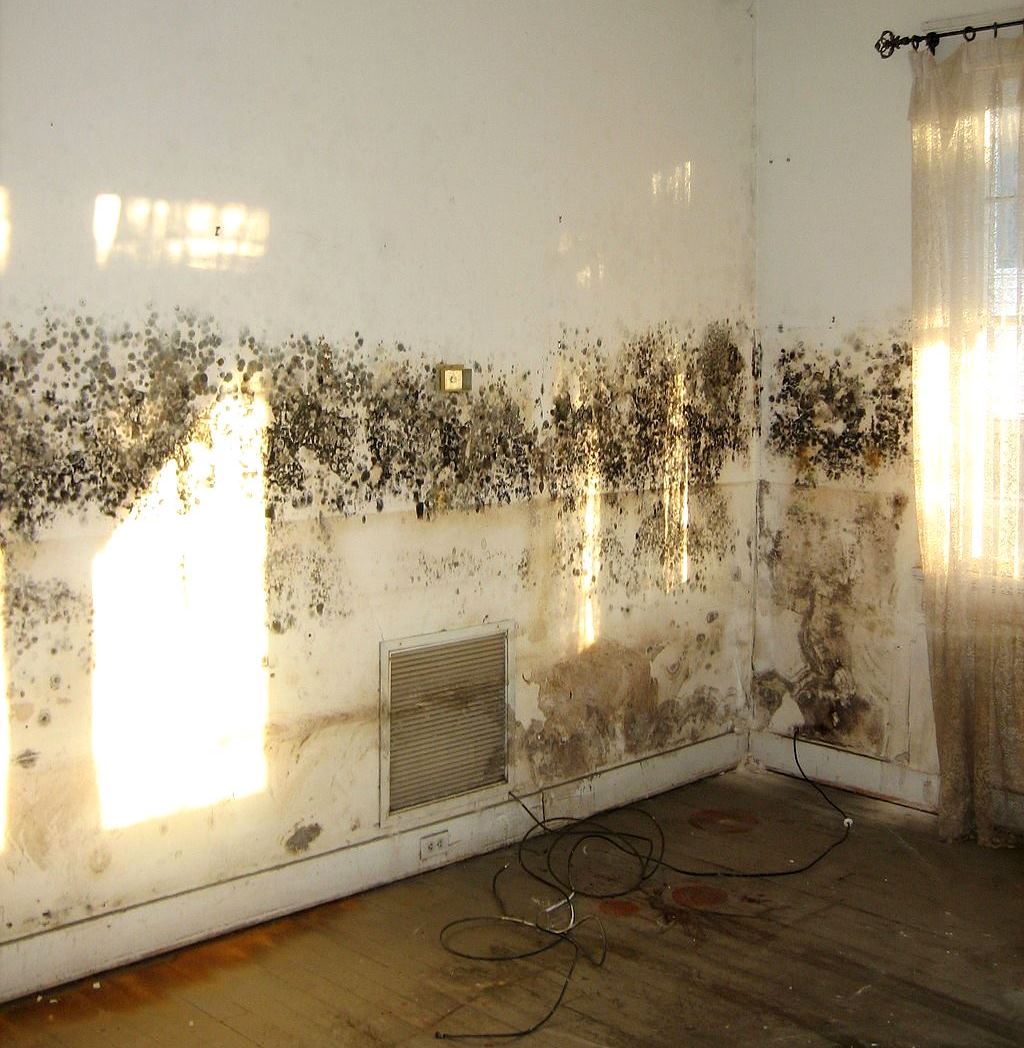Black Mold: Get It Out Of Your House
Eew! Black mold! A mold-infested house not only looks and smells terrible, it may also be a serious threat to your family’s health. Find out how black mold can grow in your home and how to get rid of it.
What is black mold?
First of all, mold is a multi-celled, thready fungus. The more than 100,000 species of mold in existence come in a veritable rainbow of colors, including white, green, yellow, blue, and pink mold. “Black mold” can refer to a large variety of mold types, although it most commonly describes the highly toxigenic (toxin-producing) Stachybotrys – which actually tends to be blackish-green in hue. Many other types of black-colored mold are quite harmless.
Black mold in house health risks
If you’ve got black mold in your house, health risks include exacerbated breathing difficulties for household members with asthma or other respiratory problems, and an increased possibility of infection for immune-compromised people. Milder negative reactions include coughing, wheezing, and hay fever-like symptoms. Conditions such as extreme fatigue, impaired concentration, headaches, skin rashes, and digestive upsets have also been reported.
How does black mold grow?
Stachybotrys tends to grow in houses and other buildings which are damp due to any of several causes: leakage, poor sealing around openings such as windows and doors, inadequate ventilation, or flooding (post-Hurricane Katrina, many New Orleans homes were infested with black mold – see photo). Black mold thrives on a combination of moisture, warmth, and cellulose-based food sources like wood and drywall.
Mold testing
With black mold in the house, you may be tempted to call a commercial mold testing service or to purchase a DIY mold testing kit. However, the procedure for removal for any type of mold is the same, so you might prefer to spend your time and money actually getting rid of the fungus, rather than pinpointing exactly which variety you have. Nevertheless, mold testing could be useful in some cases – notably when you suspect there may be mold in your home (usually due to an acrid smell) but can’t spot any.
How do you get rid of black mold (or most other types of mold)?
Start by finding and removing the source of excessive moisture. Next, equip yourself with non-porous gloves, breathing mask, goggles, and protective clothing to protect against the mold.
Now it’s decision making time. You’ll have to choose what may be cleaned (hard surfaces like walls and floors, as well as machine-washable textiles such as curtains and some area rugs) and what will have to be discarded (paper and cardboard, even treasured family albums – sigh! -- in addition to badly molded fabric items, including upholstered furniture and wall-to-wall carpet).
Scrub hard surfaces thoroughly with soap and warm water. Launder washables with your usual detergent on a high setting, adding a commercial mold removing agent if desired. Dry well, with the help of fans or outdoors in the sun where feasible. Unfortunately, some grayish stains may remain even after cleaning.
How to prevent mold
Worried about how to prevent mold? Good news: the prevention process involves just 3 simple steps. And it’s a lot easier (not to mention less emotionally wrenching) than dealing with the aftereffects of a major black mold infestation.
1. Minimize all sources of unwanted moisture inside your home:
- Have all plumbing system or roof leaks repaired swiftly.
- Remove standing water indoors (and outdoors too –you’ll eliminate a potential mosquito breeding ground).
- Avoid any “moisture traps.” For example, don’t leave wet towels or shower curtains crumpled up in the bathroom – spread them to dry. In a damp basement, avoid carpet and choose tile or concrete flooring instead.
- Ventilate – install (and use!) a good bathroom fan and range hood. Ask a reliable roofer if attic vent installation is advisable.
- Run a dehumidifier as necessary.
2. Inspect your home regularly for mold growth.
3. If you spot even the smallest signs of mold, clean them up immediately to keep them from spreading.
Laura Firszt writes for networx.com.
Looking for a Pro? Call us (866) 441-6648

Average Costs
Related Experiences

New Roof Brings Out The Charm Of A 100-Year-Old House

Roof Repair Exactly As Dad Requested At Exactly The Right Price




